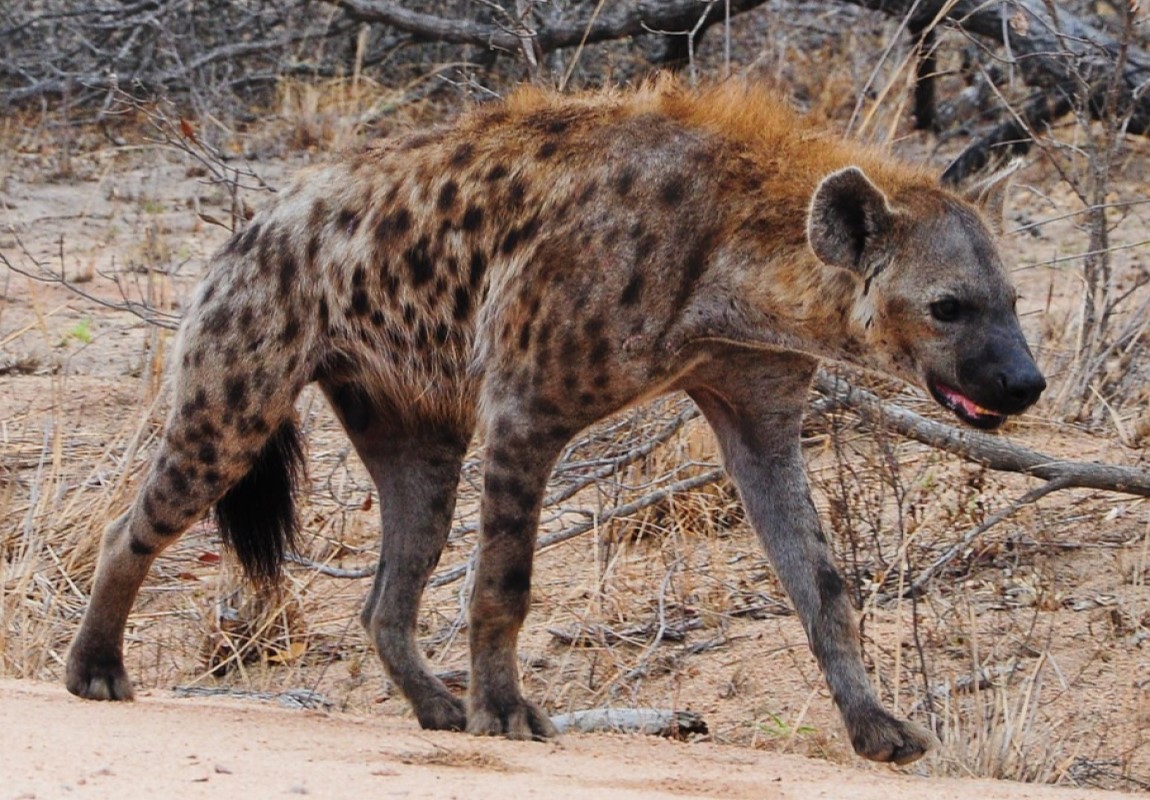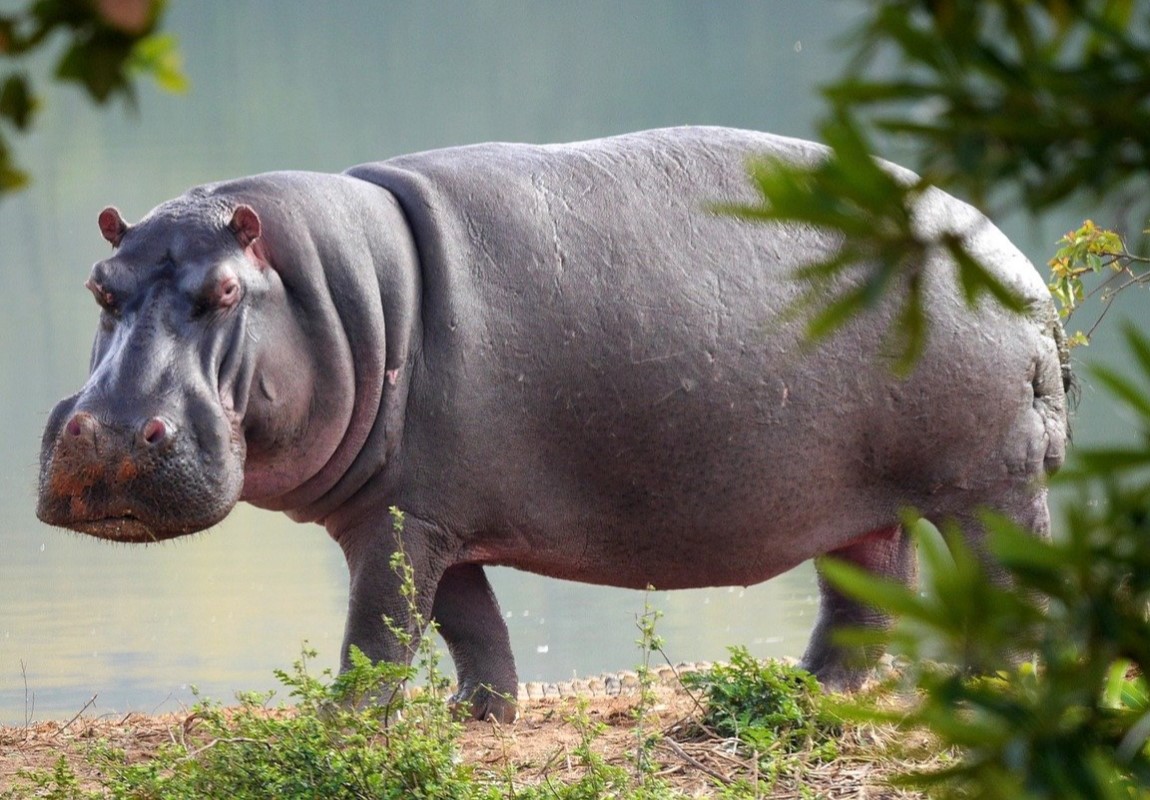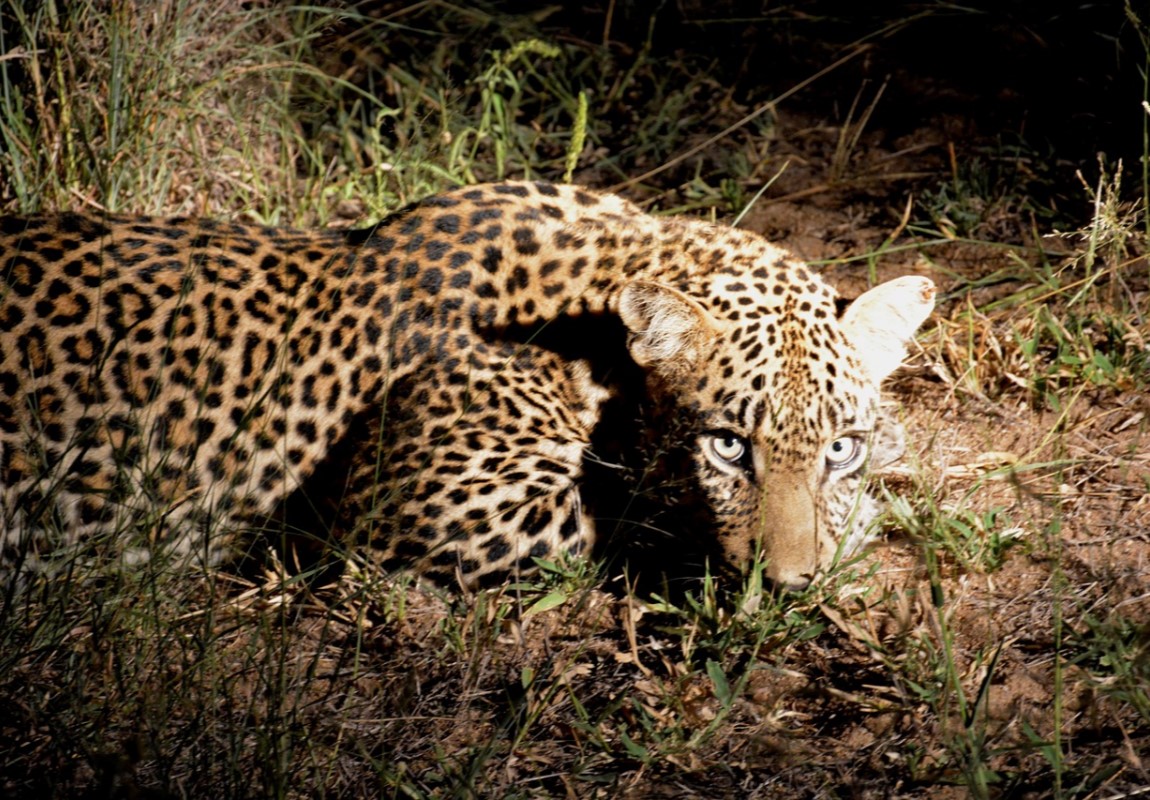Grumeti Game Reserve 
Starting from
$500PP
Overview
Grumeti Game Reserve is a part of the Serengeti-Mara ecosystem, which is famous for its extensive savannah plains, acacia woodlands, and seasonally flowing rivers. This diverse landscape is home to a wide range of wildlife, making it a popular destination for those who enjoy the natural world. Due to its significance in the yearly Great Migration, the Grumeti Game Reserve is well known. One of the most amazing natural phenomena on Earth is created when wildebeests, zebras, and other herbivores migrate through the reserve as they travel between the Serengeti in Tanzania and the Maasai Mara in Kenya.
Pros & Cons
- Excellent wildlife viewing opportunities
- Beautiful and diverse scenery
- Professional guided safaris
- Unique ecosystem and biodiversity
- Can be crowded during peak season
- Weather dependent activities
Map in Tanzania
Want to Visit Grumeti Game Reserve?
Want to Visit Grumeti Game Reserve?
Wildlife & Animals
Grumeti Game Reserve is home to an abundance of wildlife, including the iconic Big Five: elephants, lions, leopards, rhinoceroses, and Cape buffalos. Visitors have the opportunity to spot these majestic animals and witness the intricate dynamics of the African savannah. In addition to the Big Five, Grumeti Game Reserve boasts a diverse range of wildlife species. Giraffes, cheetahs, hyenas, hippos, crocodiles, various antelope species, and an array of birdlife can be observed within the reserve's boundaries.
Wildlife Highlights
Best Time for Wildlife Viewing
Want to Visit Grumeti Game Reserve?
Birds
Birds of Grumeti Game Reserve:
Secretary Bird: This striking bird of prey is known for its distinctive appearance, with a crest of long feathers on its head and a slender, crane-like body. The Secretary Bird can often be seen striding through the grasslands of Grumeti Game Reserve in search of its prey, which primarily consists of small mammals and reptiles.
African Fish Eagle: With its majestic appearance and distinctive call, the African Fish Eagle is a well-known bird species in Africa. These large raptors can be seen perched near water bodies in Grumeti Game Reserve, waiting for an opportunity to swoop down and catch fish.
Lilac-breasted Roller: This colorful bird is a favorite among birdwatchers. With its vibrant plumage featuring shades of turquoise, purple, and green, the Lilac-breasted Roller is a stunning sight in Grumeti Game Reserve. It is often seen perched on treetops, scanning the area for insects.
Grey Crowned Crane: The Grey Crowned Crane is an elegant and iconic bird species in East Africa. It has a distinctive crown of golden feathers on its head and a gray body. These birds are known for their graceful dances and can be spotted in the wetlands of Grumeti Game Reserve.
Yellow-billed Stork: The Yellow-billed Stork is a large wading bird with a long, yellow bill and white plumage. It feeds primarily on fish and can often be seen wading through the water in search of its prey in Grumeti Game Reserve.
Best Time for Birding
Want to Visit Grumeti Game Reserve?
Best Time to Visit – Grumeti Game Reserve
May to October (Dry Season)
- Less vegetation and animals concentrate around water, making them easier to spot
- The skies are clear, rain is rare, and there are fewer mosquitoes
- Even though most tourists visit during the Dry season, the parks still feel uncrowded, except for the bustling Chobe riverfront area
- Early morning and evening drives are cold in June, July and August
November to April (Wet Season)
- The scenery is greener, and there are lower rates during this season
- Although wildlife is easier to spot in the Dry season, you'll still see plenty
- There are many newborn animals and migratory birds
- Except for January and February, rains seldom interfere with your trip
- During January and February, the rains can be continuous for days
- It gets very hot in October and November
- Some lodges and camps close down during part of the Wet season
Want to Visit Grumeti Game Reserve?
Activities
Explore popular activities available in and around Grumeti Game Reserve.
Want to Visit Grumeti Game Reserve?
No FAQs available for this park yet.

 English
English French
French
















